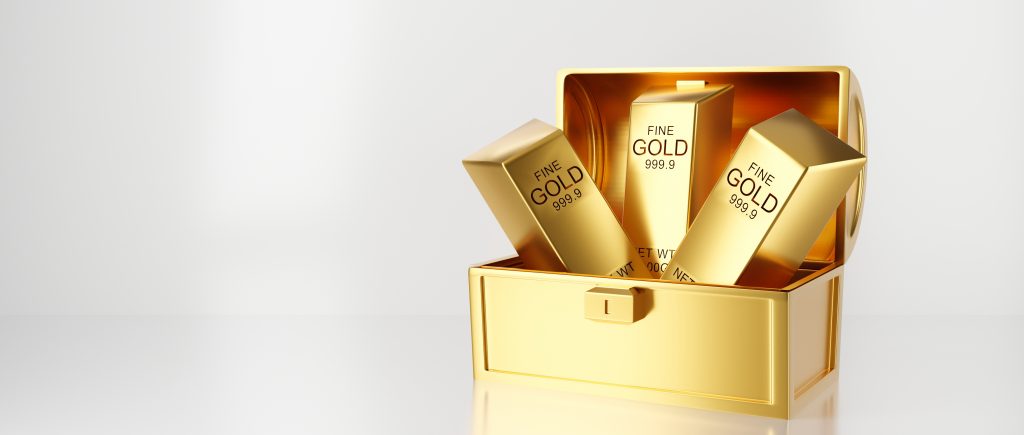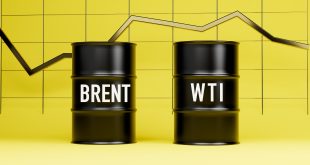Gold prices eased on Thursday as investors took profits following the metal’s historic surge past $4,000 per ounce on Wednesday, driven by heightened geopolitical tensions and growing bets on U.S. interest rate cuts.
Spot gold slipped 0.2% to $4,029.86/oz as of 06:42 GMT, retreating from a new record high of $4,059.05 reached in the prior session. Meanwhile, U.S. gold futures for December delivery declined 0.6% to $4,047.80.
Ceasefire Progress and Fed Outlook Boost Volatility
Markets remained cautious after Israel and Hamas agreed to the first phase of President Donald Trump’s Gaza peace plan, including a ceasefire and hostage exchange, which could mark a turning point in the two-year conflict that the U.N. described as genocidal.
At the same time, Federal Reserve meeting minutes released Wednesday revealed policymakers viewed risks to the labor market as significant enough to justify further rate cuts, despite ongoing concerns about inflation. Traders now expect a 25-basis-point cut in both October and December, with probabilities of 93% and 78%, respectively, according to CME FedWatch.
Lower rates typically boost gold’s appeal as a non-yielding safe-haven asset, especially during economic uncertainty.
Global Unrest and Central Bank Buying Fuel Gains
Gold’s rally this year—up 54% year-to-date—has been supported by massive central bank purchases, record ETF inflows, and a weaker U.S. dollar.
Recent political upheaval in Japan and France, combined with the ongoing U.S. government shutdown, has further accelerated demand for safe assets like bullion.
Broader Metals Complex Mixed
Elsewhere in the precious metals market:
- Spot silver rose 0.4% to $49.06/oz, just below Wednesday’s all-time high of $49.57.
- Platinum dipped 0.6% to $1,653.52/oz, while
- Palladium gained 1.1% to $1,465.73/oz.
Outlook
Despite the slight pullback, analysts expect gold’s momentum to remain strong in the near term, supported by geopolitical risks, monetary easing expectations, and broad risk aversion. Many see the $4,000 level as a new support threshold as investors continue to hedge against policy and market uncertainty.
 Noor Trends News, Technical Analysis, Educational Tools and Recommendations
Noor Trends News, Technical Analysis, Educational Tools and Recommendations





